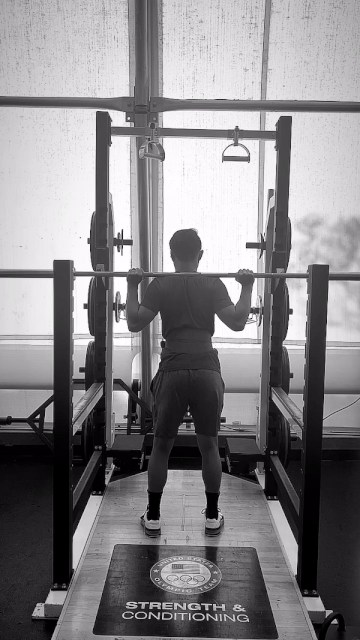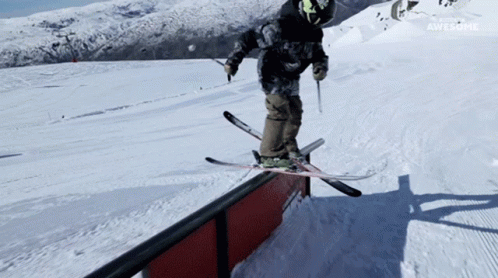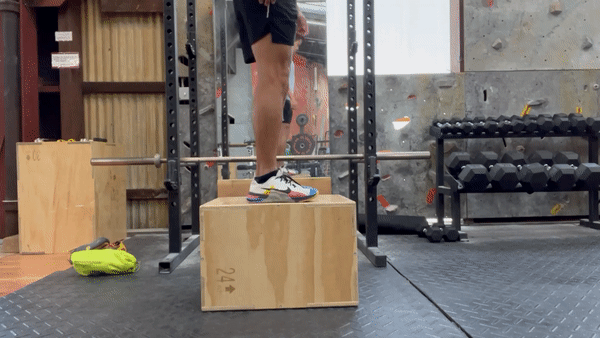
Written by: Greg Louie, Doctor of Physical Therapy, The Ski Physical Therapist
For parts of the Northern Hemisphere, ski season is less than 3 months away and before you know it you’ll be back to tearing it up on the mountain. You’ll want to be fully prepared to take advantage of all winter has to offer, and these are some exercise recommendations I would start doing today so you’re fully prepared for when the snow is here!
Tip #1 Build your Ski Legs with Dry Land Training
For many years, I skipped this step and just went right for it when the slops opened. I thought that all the hiking and biking I did over the summer would adequately prepare me for skiing, but the thing is, the muscles work much differently in skiing than they do for hiking and biking. Building your ski legs doesn’t require going to the gym, but it does take some effort. I’d recommend doing circuit training and incorporating the principles of active rest to target different muscle groups. Ultimately the goal should be to build the endurance and dynamic balance needed to get back to skiing.
Here’s a few ski workouts I put together that you can do at home without gym equipment
Tip #2 - Work on Skills That Transfer to Skiing


Whether you ski park, ski in the backcountry, or enjoy cruising the whole mountain, there are so many subtleties within the sport that really influence how you should prepare. For example, if you’re a park skier you’ll really want to focus on balance training and different jumping/rotational type exercises to prepare for hitting rails and jumps. If you’re a backcountry skier, focusing on getting the quads and hip flexors fired up for the intense uphill are imperative! I encourage you to think about the type of skiing you mostly do and train for that!
Tip #3 - Give Yourself Enough Time
At a minimum, it takes 6 weeks to build muscle strength. Any strength gains prior to that are most likely due to the nervous system becoming more efficient in the timing and recruitment of when muscles are activated and synchronously work together. I always like to leave plenty of time before the season to train, because there is no way to rush the process and the last thing you want is to get hurt your first day out!
Conclusion
I hope the information motivates you to start training so you can minimize the risk of a significant injury this coming season. Please save my information and follow me on instagram (@the_ski_pt) where I post ski training and rehab videos to help keep you skiing healthy and at your best for as long as physically possible.

Comments